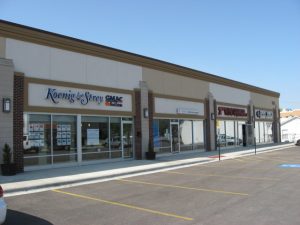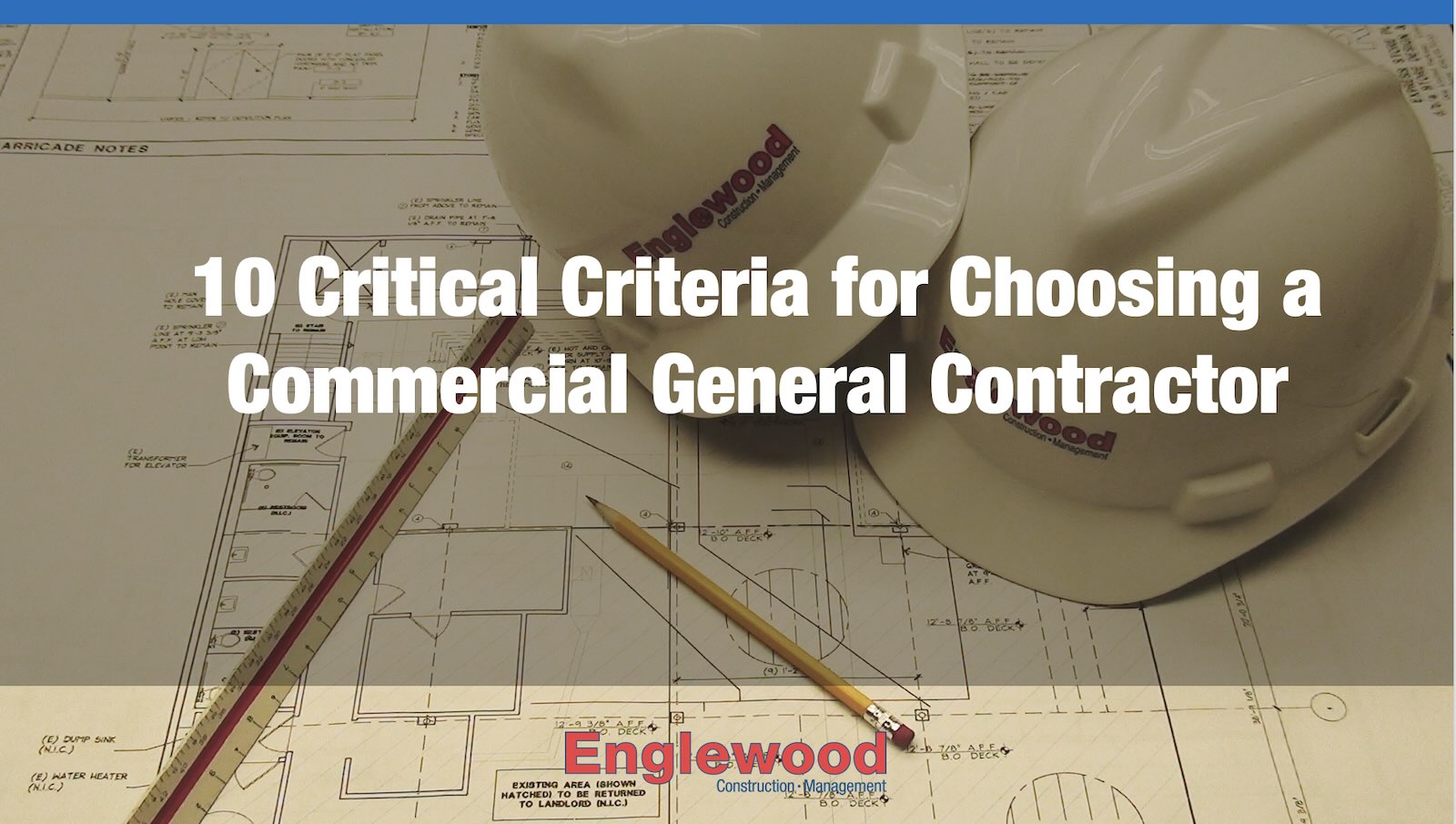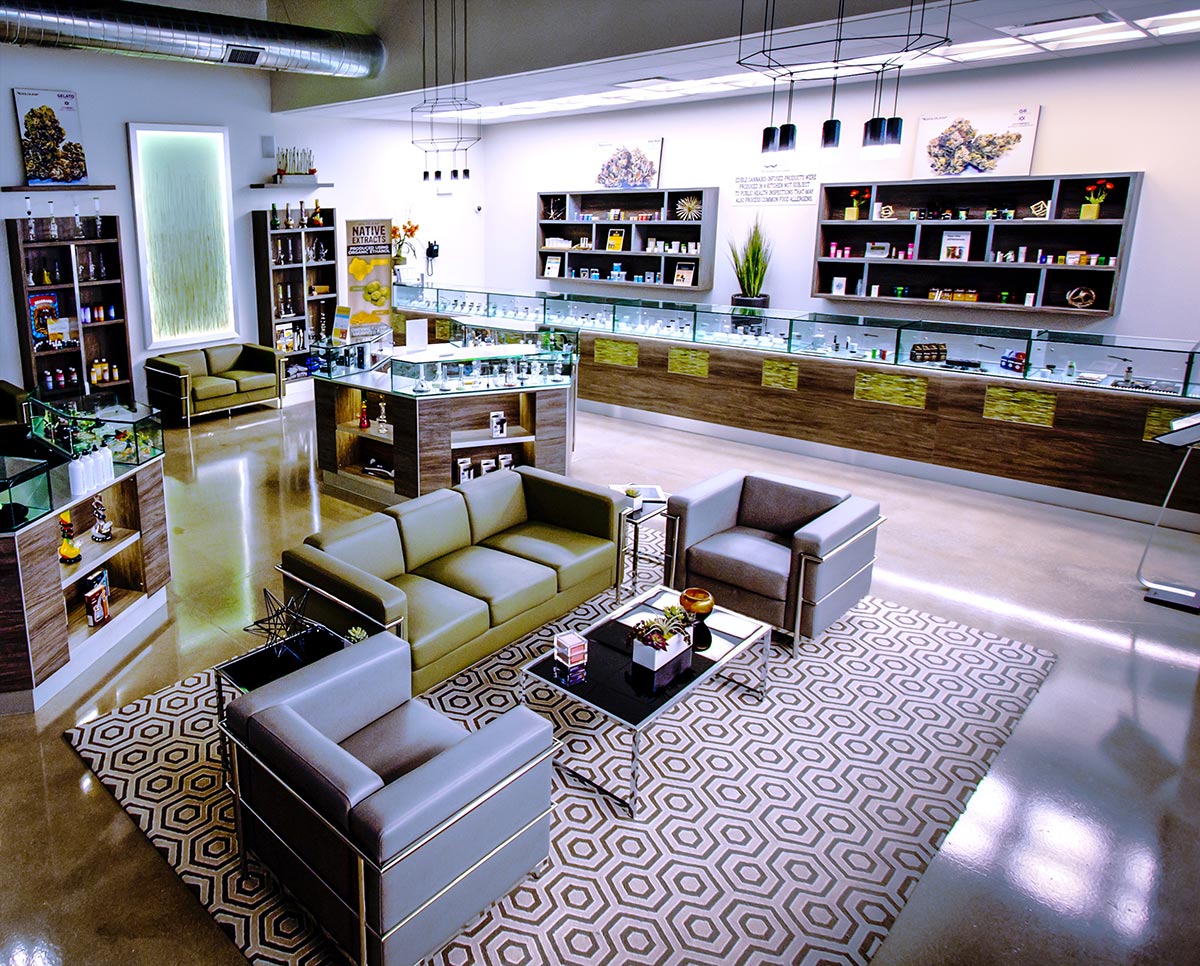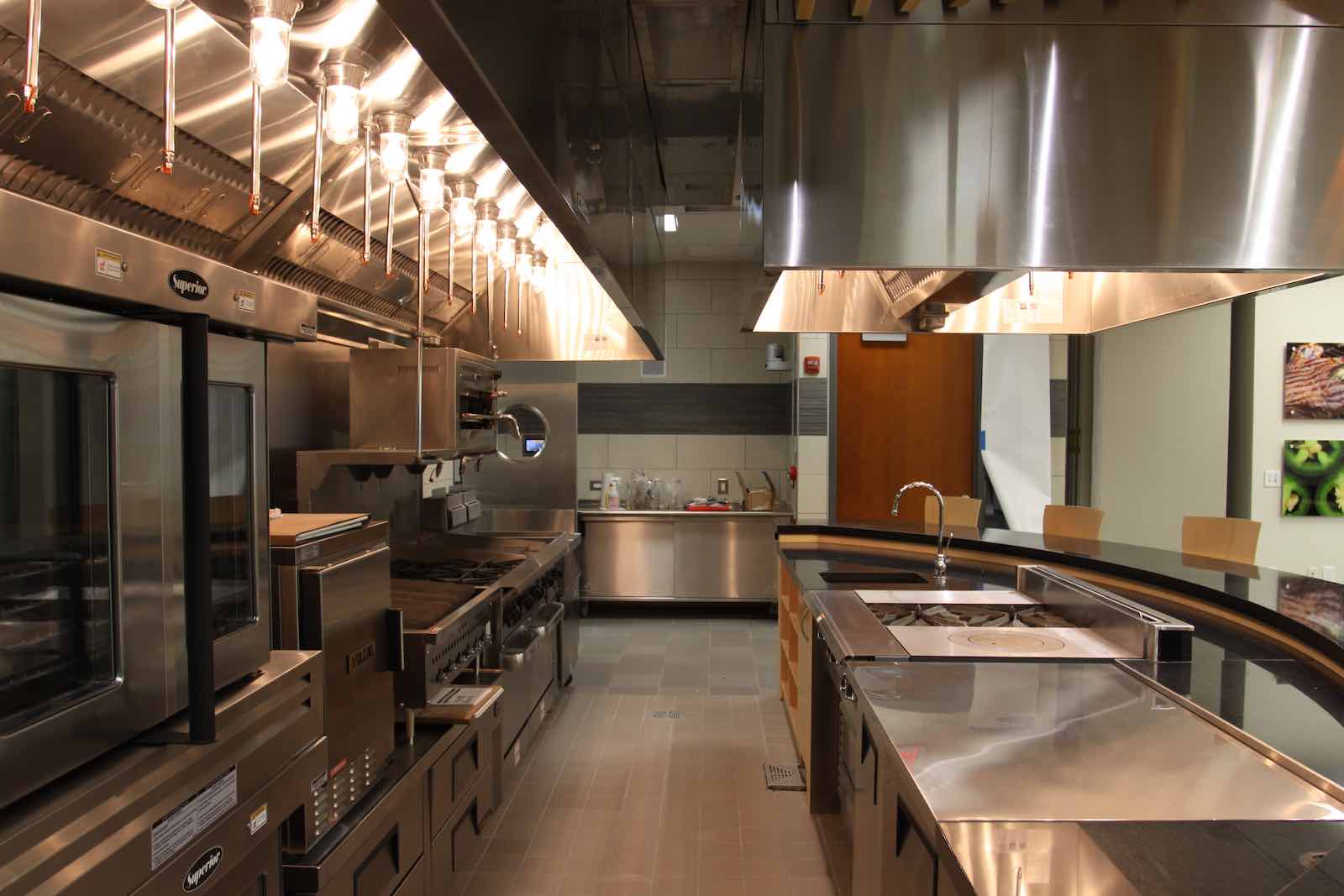CRE Construction Project Site Selection: 3 Tips for Finding the Perfect Match
When it comes to choosing a site for a commercial construction or CRE project, finding the perfect match between a brand or concept and an available space is one of the most important steps in the planning process. And for business owners and developers looking for guidance as they vet different options, there’s no better “matchmaker” to consult than an experienced commercial contractor who can point out the pros and cons of a location and the construction considerations that can make or break a project. Here are three key points we advise clients think about as they search for a site:
1. Does the site match up with infrastructure needs?
One important step to finding “happily ever after” with a new location is evaluating if it has the necessary infrastructure to function for its new purpose. Case in point, a developer once asked us to price out a retail-to-restaurant conversion on the first floor of a Chicago high rise. Because the space was originally built for retail, it wasn’t outfitted with the infrastructure for a commercial kitchen – including the black iron ductwork and fans that tie the kitchen exhaust system to the outside. Once we budgeted out the cost of installing black iron as well as other improvements to power and cooling systems, the developer decided it was not realistic to convert the space.
Of course, restaurants aren’t the only concepts with specific infrastructure needs. Recently we worked with a national appliance manufacturer to scout existing retail locations for a prototype of a new branded laundromat concept. It turned out one of the biggest challenges of the project was finding the right real estate deal, since many of the storefronts where a laundromat would be appropriate – such as small strip malls – did not have the high-volume waste and water lines a laundromat requires. Nearly every space we looked at with the client would have necessitated a costly upgrade to existing infrastructure, which ultimately caused the client to reevaluate their strategy for the project.
While not every project comes up against these types of infrastructure and budget restraints, both these instances are great examples of how a commercial construction firm can double as a consultant by anticipating infrastructure needs – and associated costs – to help determine if a location is a good match.
2. What will it take to build out the space?
Retrofitting a vacant property can be a great opportunity to get creative – especially with large, wide-open facilities such as former big-box or department stores. With their extensive square footage, these spaces can be a match made in heaven for unique recreation concepts such as indoor soccer fields, trampoline parks or arcade-style entertainment centers, and they can also be an easy blank canvas to convert into office space or even trade schools.
That said, some existing locations, when paired with the build-out the new concept requires, simply don’t make financial sense. We recently collaborated with a rock climbing gym to evaluate an old 8th-floor food court in a Michigan Avenue building in downtown Chicago. The client loved the idea of bringing their concept to such a high-profile location, but the nature of the existing building and the urban setting meant construction would be more complex – and expensive. In addition to demo-ing the remnants of the original food court, plans called for removing escalators, infilling openings in the concrete floor plate, and bringing in steel for the climbing structures by crane from the ground floor. In the end the client decided the food court wasn’t the right fit, and continued their search for an option where construction would be more straightforward. But by going through the commercial construction site evaluation process with a trusted contractor and working with us on a design-assist basis, they were able to identify construction costs and challenges that helped them refine their construction budget as well as their parameters for finding the ideal location.

3. Will any “unbranding” be necessary?
For smaller or independent businesses, there are a number of benefits to choosing an existing commercial property and repurposing a building or interior space; however, that sometimes means dealing with visible reminders of its past. This could be something as distinctive as another brand’s well-known façade – think the big blue wedge on the storefront of a major electronics retailer – or signature interior finishes that give a subtle clue to the space’s previous tenant.
Removing or covering up those recognizable elements in order to “unbrand” a property can often be a matter of simple cosmetic construction work – but a knowledgeable commercial contractor is a great resource in understanding what it will take and how it will impact the overall construction budget.
At the end of the day, one of the most important pieces of advice for successful matchmaking between a brand and an existing commercial property is to find a space with good bones that will not only work for its new purpose, but also allow for a new brand identity to be created. After all, the right construction partner can make any space function for almost any purpose, but it is the strength of the business and the brand that will ultimately make the project a success.
Tel: 847-233-9200 x712
Questions? Comments?
You can reach me at CTaylor@eci.build
www.EnglewoodConstruction.com



